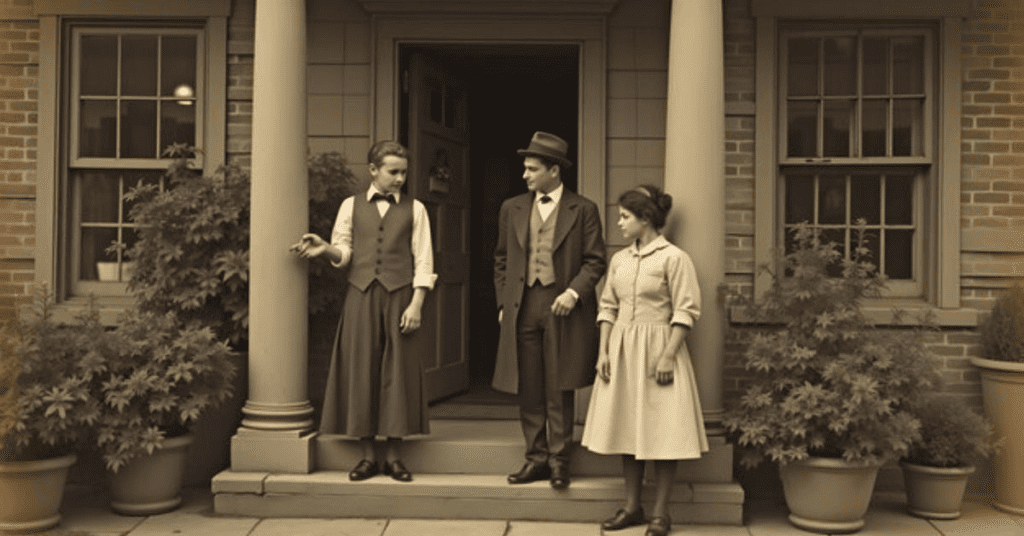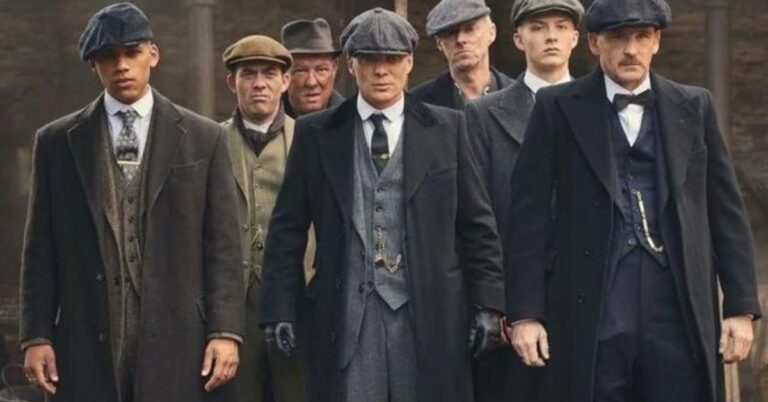The 1920s was a transformative era for men’s fashion, marked by a shift towards more relaxed and stylish clothing. Known as the “Roaring Twenties,” this decade saw men embracing new styles influenced by economic prosperity, cultural changes, and evolving social norms. From classic suits to casual sportswear, 1920s mens fashion featured a mix of elegance and modernity that continues to inspire today.
Key Factors Influencing 1920s Mens Fashion
Several key factors shaped the fashion landscape of the 1920s, reflecting broader societal shifts:
- Economic Prosperity: The post-World War I economic boom allowed men to spend more on stylish clothing. This period of wealth and optimism led to a demand for new and modern fashion, making high-quality suits and accessories more popular.
- Cultural Influence of Jazz and Hollywood: Jazz music and Hollywood films played a significant role in shaping 1920s mens fashion. Jazz musicians and movie stars became style icons, setting trends with their elegant suits, slicked-back hair, and stylish accessories. This influence popularized a relaxed, yet sophisticated look.
- Technological Advances: Innovations in fabric production and garment manufacturing made fashionable clothing more accessible. New materials like rayon and lightweight wools allowed for versatile, comfortable clothing, reflecting the era’s shift towards practicality without sacrificing style.
- Changing Social Norms: The 1920s was a time of shifting social norms, including changes in gender roles and attitudes towards leisure. Men began to adopt more casual attire, such as sports jackets and knickerbockers, reflecting a desire for comfort and individuality.
Iconic Styles of 1920s Mens Fashion
- The Three-Piece Suit: The three-piece suit, consisting of a jacket, trousers, and a matching waistcoat, was a staple of 1920s mens fashion. Suits were tailored with slimmer silhouettes, high-waisted trousers, and wide lapels. These suits exuded elegance but required custom tailoring, making them a significant investment.
- The Tuxedo: Tuxedos were the go-to choice for formal events, characterized by satin lapels and bow ties. The tuxedo represented luxury and refinement, but maintaining its pristine appearance demanded careful upkeep, adding to the cost and effort.
- Casual Sportswear: The rise of sportswear in the 1920s reflected the era’s growing interest in leisure activities. Men wore knickerbockers with knee-high socks and sports jackets for casual outings. This style was comfortable and versatile, but balancing the relaxed fit with a polished look was often challenging.
- Hats and Accessories: Hats were an essential element of 1920s mens fashion, with fedoras, bowler hats, and newsboy caps being the most popular choices. Accessories like bow ties, pocket squares, and suspenders added a touch of personality to each outfit. While these accessories completed the look, coordinating them required careful attention to detail.
Tradeoffs and Challenges in 1920s Mens Fashion
Balancing style, comfort, and practicality was a common challenge in 1920s mens fashion. Here are some of the tradeoffs involved:
- Cost and Accessibility: While mass production made some garments more affordable, high-quality fabrics and tailored suits remained expensive. This created a divide between those who could afford custom clothing and those who had to settle for less tailored options.
- Maintenance and Care: Many fabrics used in 1920s mens fashion, such as wool and silk, required careful maintenance. Regular cleaning, pressing, and handling of delicate materials added extra effort to keeping garments in good condition, making these styles demanding to maintain.
- Balancing Tradition and Modernity: The 1920s was a period of transition, with men caught between traditional formalwear and modern, relaxed styles. Some embraced new, looser fits, while others struggled to adapt, clinging to the more conservative styles of the past.
Importance of Considering Impact When Adopting 1920s Styles Today


As 1920s mens fashion continues to influence modern trends, it’s important to consider the impact of adopting these vintage styles. Modern versions often use sustainable fabrics and updated fits, which balance the aesthetic appeal of 1920s fashion with contemporary comfort and practicality. Recognizing the challenges faced during the 1920s helps inform better decisions when incorporating these classic looks into today’s wardrobes.
Conclusion
The 1920s was a defining decade for men’s fashion, characterized by classic elegance and a shift towards modernity. Influenced by economic prosperity, cultural icons, and technological advancements, 1920s mens fashion set the standard for sophisticated style. While maintaining these looks involved significant tradeoffs, the appeal of 1920s fashion lies in its unique blend of tradition and innovation. Understanding these factors provides valuable insights into the lasting impact of 1920s mens fashion, making it easier to embrace these timeless trends in today’s fashion landscape.


